Optimal Timing for Waterproofing Projects
Proper timing for waterproofing projects ensures maximum effectiveness and longevity. The optimal period depends on climate conditions, seasonal weather patterns, and specific project requirements. Understanding these factors can help determine the most suitable time for application.
Spring offers moderate temperatures and increasing humidity levels, ideal for many waterproofing applications. It allows sufficient curing time before summer heat or winter cold.
Summer provides warm weather and longer daylight hours, facilitating effective application and curing. However, high temperatures and humidity may require adjustments in application techniques.
Fall is suitable when temperatures are cooling but not yet cold. It offers a dry period with less rain, aiding in proper curing and adhesion.
Winter is generally less favorable due to cold temperatures and potential for snow or ice, which can hinder application and curing processes.
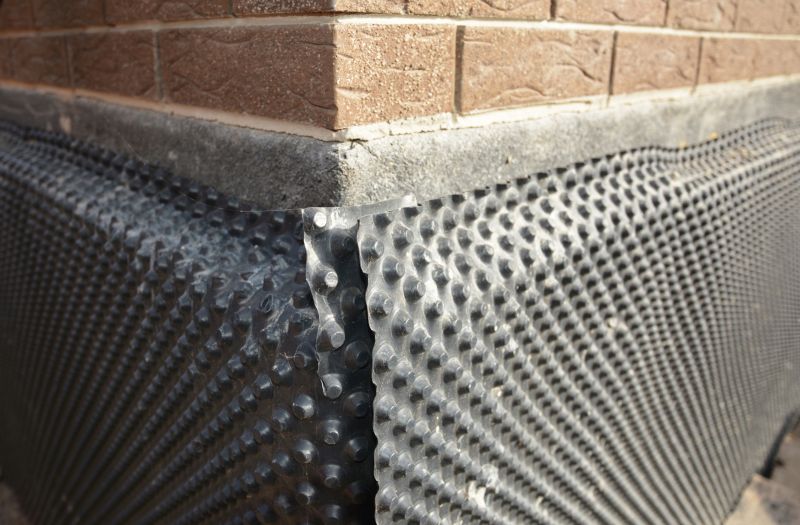
Early season application for optimal curing conditions.
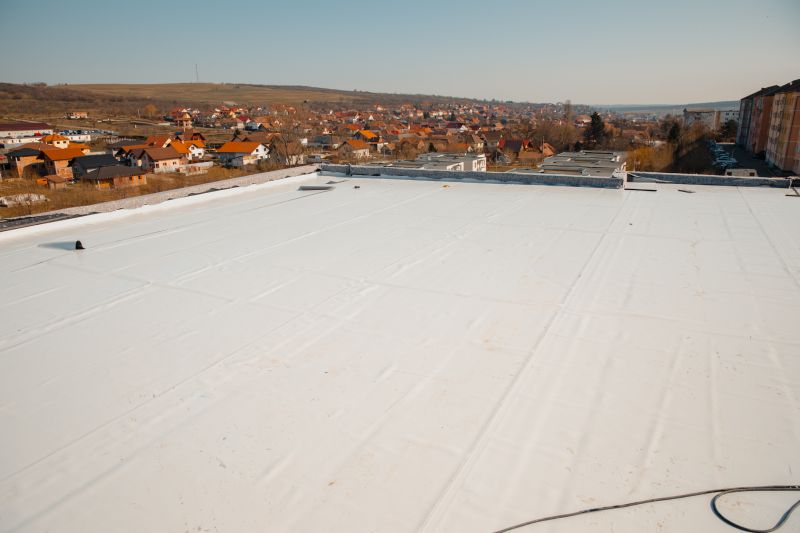
Ideal for warm and dry weather conditions.
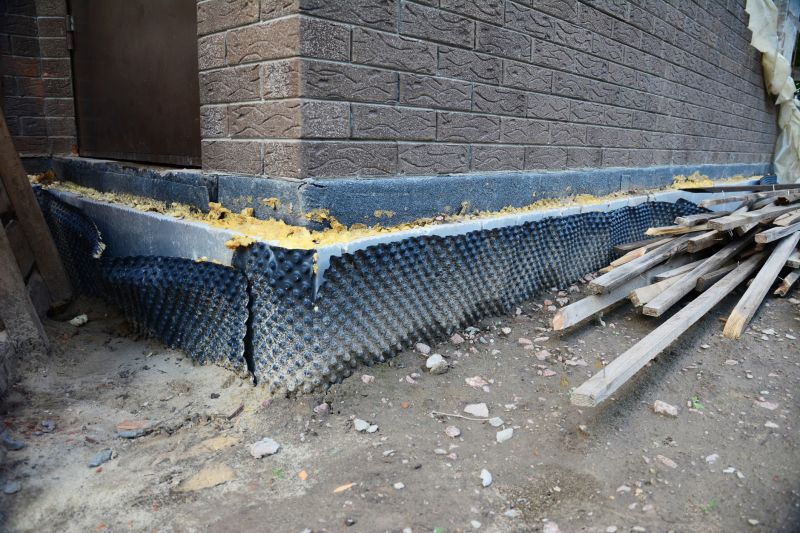
Prepares structures before cold weather sets in.
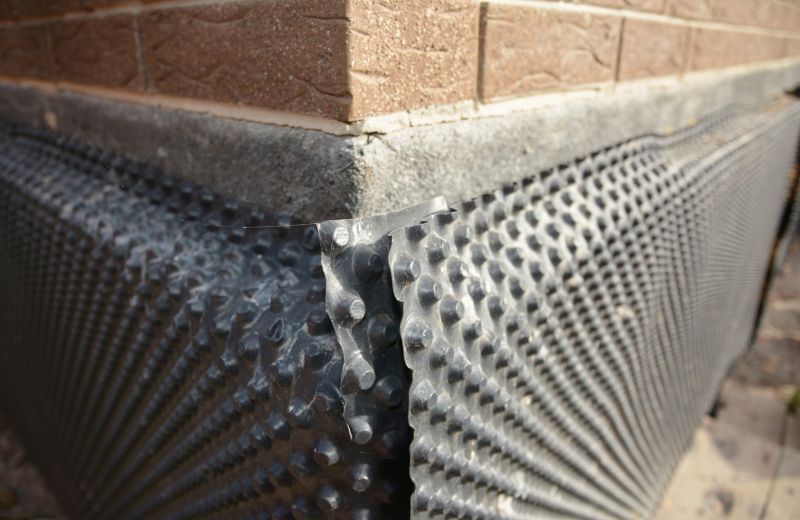
High-end options that actually feel worth it for Waterproofings.
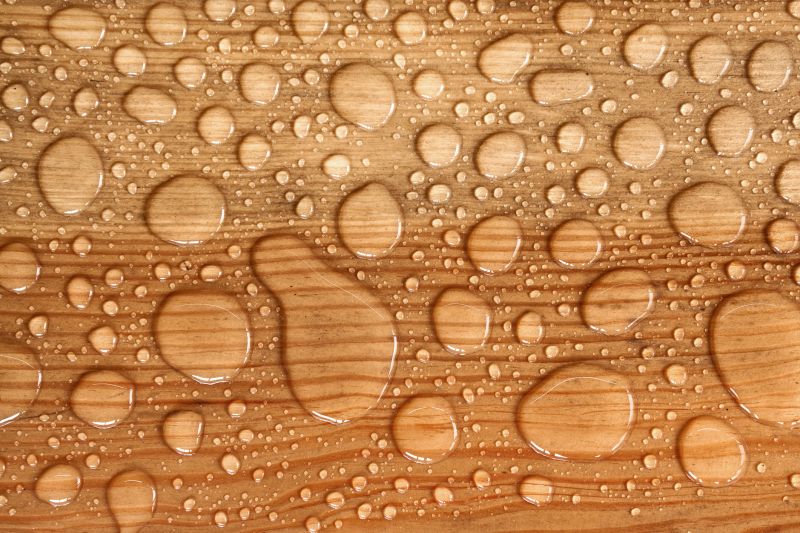
Finishes and colors that play nicely with Waterproofings.
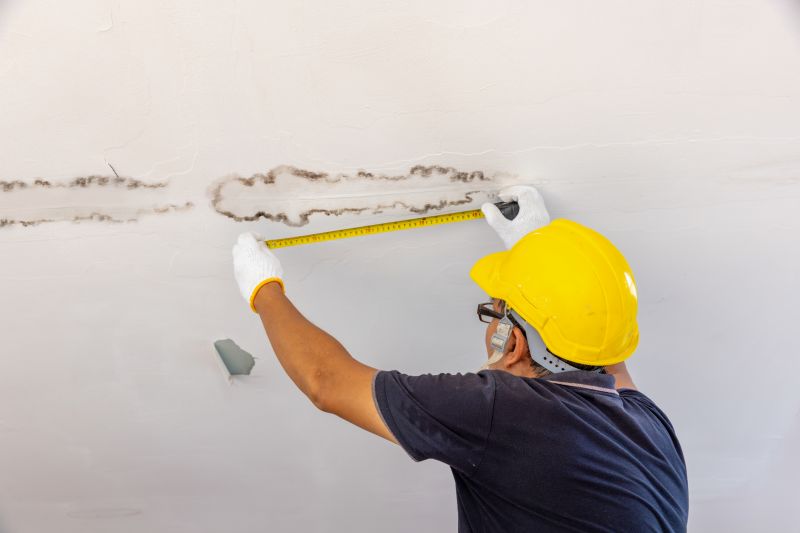
Little measurements that prevent headaches on Waterproofings day.
| Season | Recommended Conditions |
|---|---|
| Spring | Moderate temperatures, increasing humidity, dry days |
| Summer | Warm temperatures, longer days, manageable humidity |
| Fall | Cooling temperatures, dry weather, less rain |
| Winter | Cold temperatures, snow, and ice present challenges |
Advancements in waterproofing materials have improved application processes and increased effectiveness across different climates. Understanding seasonal variations and environmental factors is critical for achieving optimal results. Proper timing, combined with high-quality materials, ensures that waterproofing systems perform as intended and provide long-lasting protection.

Professional application during optimal weather conditions.

Proper curing is vital for waterproofing effectiveness.

Preparing structures for waterproofing in suitable seasons.
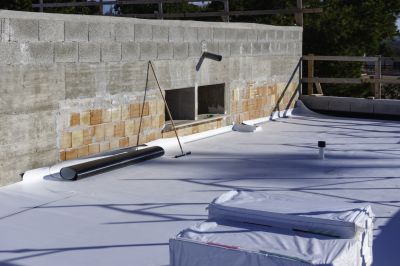
High-quality materials suited for different weather conditions.
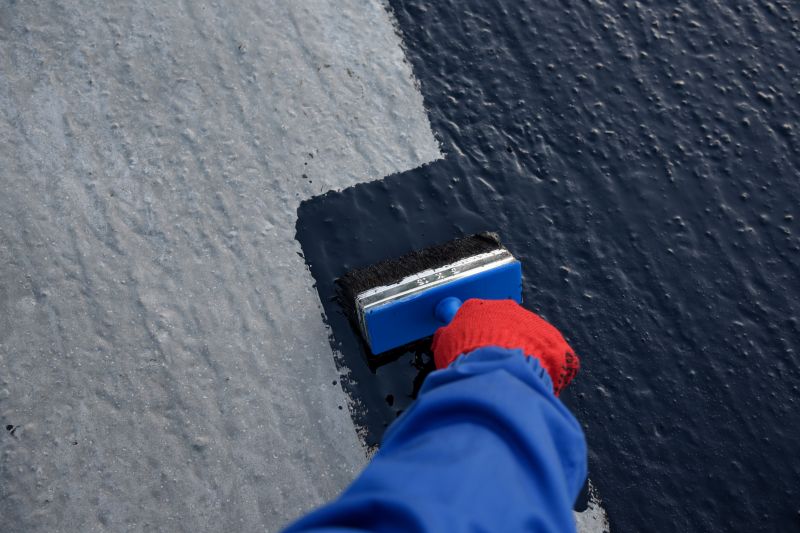
A 60-second routine that keeps Waterproofings looking new.
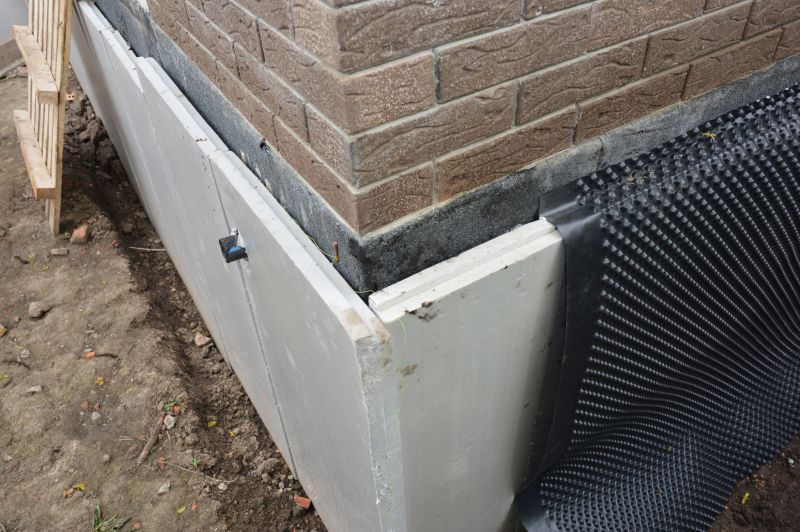
A frequent mistake in Waterproofings and how to dodge it.
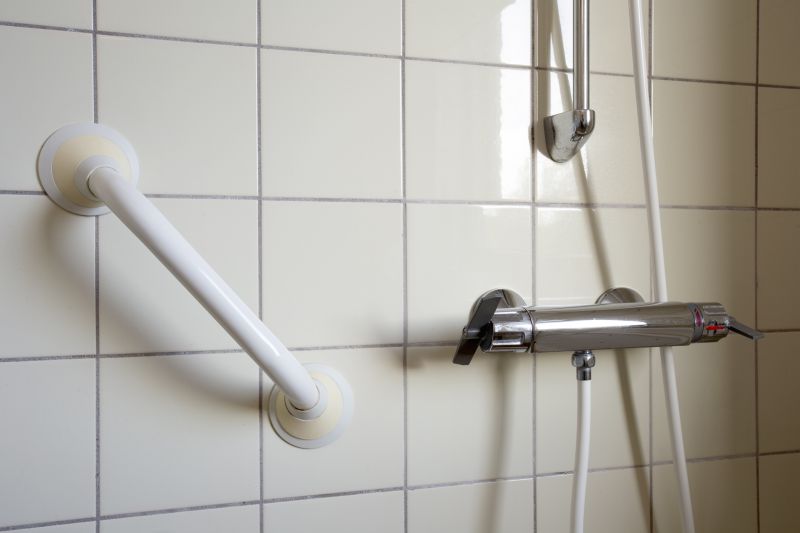
Small tweaks to make Waterproofings safer and easier to use.
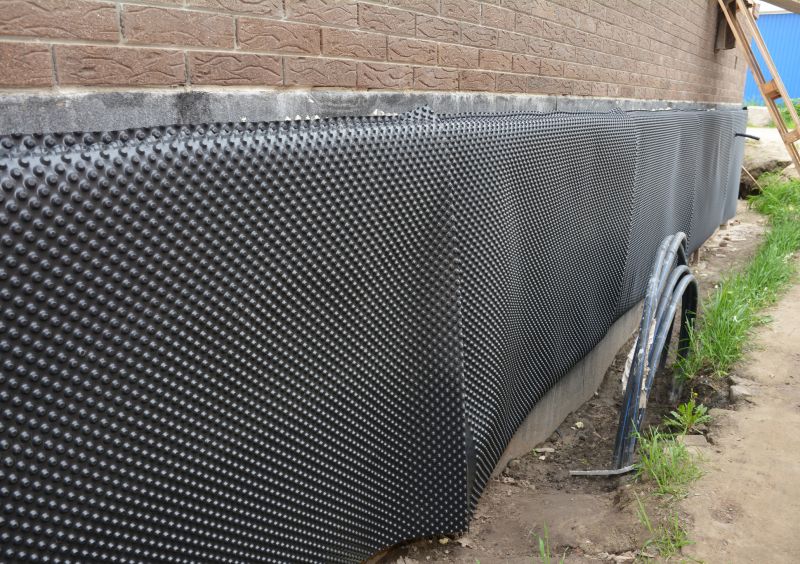
Lower-waste or water-saving choices for Waterproofings.
Interested parties are encouraged to contact for further details on scheduling waterproofing projects. Proper timing and application techniques are critical for ensuring long-term protection against water damage and structural deterioration.


